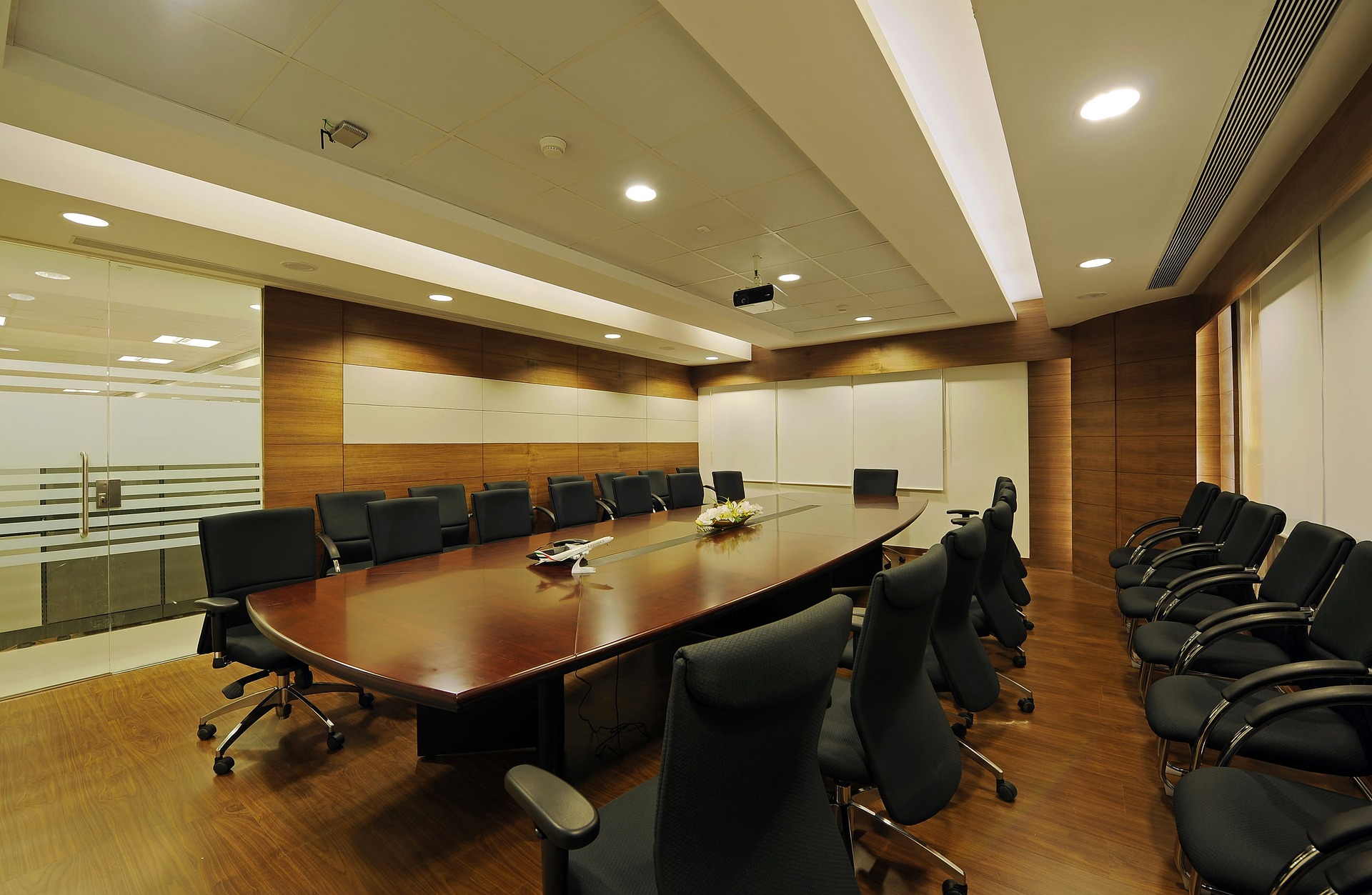Building your office space can be a tricky project if you’re starting. Moving to a business district means that you’ll be near other companies. You need to develop your image while at the same time making sure that you’re on par with how your neighbours present themselves. Taking a close look at their office spaces can give you a good idea of how to layout a workspace. What they emphasise and develop are necessities when it comes to having an office.
Reception area:
Keeping a reception area is not just for face value. The first impression is lasting after all, and the same thing can be said when it comes to businesses. A reception area would enable you to have a consistent log of your workers, guests, and clients. The essentials for your reception area are soft chairs, preferably a long sofa, and a coffee table with magazines with subjects of interest to your industry or essential items such as calling cards ready for onlookers to take.
Conference room:
A conference room is a necessity, especially if you’ll be dealing with business partners. With technological advancements making interconnectivity more accessible, it’s no longer an uncommon event to have a meeting in a conference room with multiple business shareholders. Working in a collaborative setup means that it won’t just be enough for you to represent yourself as the face of the company, you would also need to give your staff the chance to pitch in and give their opinions on business operations. Along with a conference table and seats, having a projector screen or a TV display stand to hold a mobile television screen can be a simple and practical solution in creating a conference room.
Work area:
Your work area depends on your brand as a company. Sometimes the most optimal workspaces are quiet to allow your staff to concentrate on dealing with clients through the phone if necessary. Other work practices involve allowing your employees to listen to music that they are into to improve their performance. Whichever the case, the ambience that you want to establish in a workspace should provide them with a personal space to have as their own. Having an area to themselves can be quickly done through panels built as cubicles so that they can concentrate on individual tasks. An alternative is having shared desks between staff members so that it’s easier for them to ask questions and give opinions on their assignments.
Lounge area:
Though your workspace needs a business-vibe to be efficient, you also need to give them avenues to relax. A kitchen area for eating pre-made snacks or a shared fridge where they can keep their drinks is a great way to make them feel at home even when in the workplace. A lounge doesn’t need to be too fancy, a couple of sofas and a TV could work well. Giving your workers a chance to sit down and chat about work without working at their stations can help build individual motivation and company camaraderie.
Read Also:






















